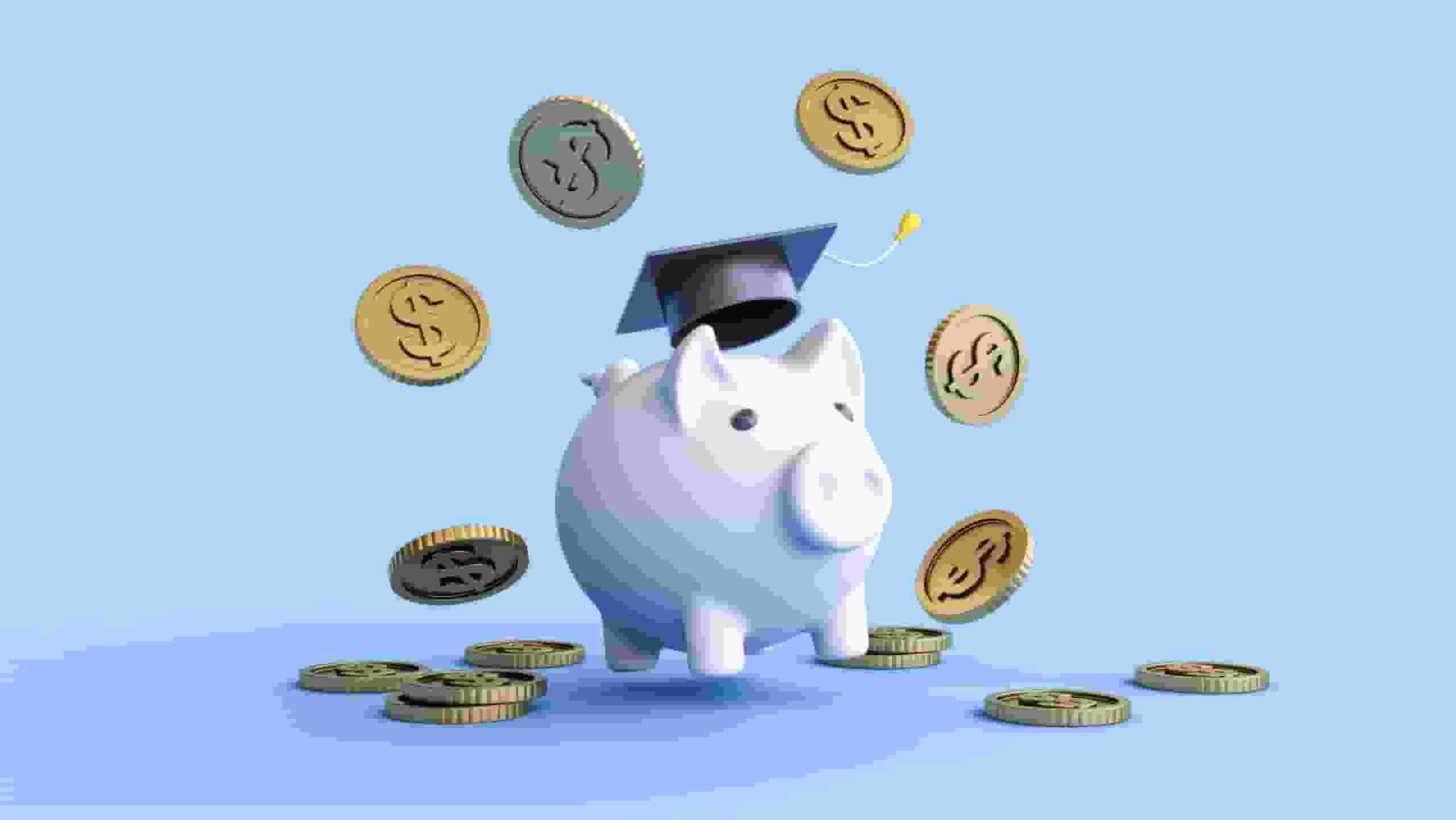After a more than three-year hiatus, the interest-free pause on federal student loan payments is coming to an end, and millions of Americans will soon face the responsibility of monthly repayments. The consequences of this transition have the potential to reverberate throughout the economy, affecting both individual borrowers and broader economic dynamics, My Fox 8 reported.

How Restarting Student Loan Payments Affect Borrowers and the Economy? (PHOTO: San Diego Union-Tribune)
How Restarting Student Loan Payments Affect Borrowers and the Economy?
The implications of restarting student loan payments can vary greatly for each borrower, influenced by factors such as their previous payment behavior, the amount of debt they carry, their chosen repayment plan, and their current and projected income levels. With a staggering 43.6 million individuals holding federal student loan debt, the ripple effect on the economy could be considerable, even if some borrowers manage the transition with ease.
As the Federal Reserve Bank of New York‘s data indicates, there is currently a massive $1.6 trillion in federal student loan debt outstanding. However, this figure is expected to decrease by approximately $39 billion before repayment obligations resume. This reduction will be due to a unique one-time adjustment introduced by the Biden administration that will clear the debt of long-term holders who have been repaying for over 20 years.
To mitigate the economic impact of restarting student loan payments, the White House is implementing measures such as a repayment plan designed to reduce monthly payment burdens for select borrowers and a 12-month “on-ramp” period where late payments won’t result in penalties. While these initiatives could soften the blow for individuals reentering repayment, their effectiveness in cushioning the overall economic impact remains to be seen.
READ ALSO: A Closer Look At Biden’s New Student Loan Plan
Restarting Student Loan Payments
Several potential economic outcomes are anticipated as the nation navigates this significant change:
- Student Loan Delinquencies Could Rise: The period of payment pause has brought down delinquency rates substantially. However, as restarting student loan payments, a rise in delinquencies is likely, particularly for those who previously faced challenges in making timely payments.
- Consumer Spending Might Slow: With more funds available due to payment suspensions, households could now face constraints as funds get redirected toward restarting student loan payments. This could slow down consumer spending, which played a role in elevated inflation rates during the pandemic.
- Savings Could Decline: The personal saving rate, which surged during the pandemic, could decline as households allocate funds to meet their student loan obligations, leaving less room for savings.
- Debt Delinquencies Could Increase Across the Board: Borrowers who paused student loan payments may have redirected their funds to other debts. With restarting student loan payments, a shift in priorities might result in increased delinquencies across various types of debt.
For borrowers facing this impending transition, options are available to ease the process. The 12-month on-ramp provides a grace period for repayment adjustments, and contacting loan servicers to explore income-driven repayment plans can offer further relief.
As the nation navigates this shift, the broader economic consequences are poised to unfold gradually, affecting spending patterns, saving habits, and debt management strategies for many Americans.
READ ALSO: Biden’s New Student Loan Plan: Saving On A Valuable Education (SAVE)




![Tyson Foods Plant [Photo: Food Manufacturing]](https://southarkansassun.com/wp-content/uploads/2023/08/iStock_1185520857__1_.5e441daa51cca-600x337.jpg)








![Silverado Senior Living Management Inc. [Photo: Los Angeles Times]](https://southarkansassun.com/wp-content/uploads/2023/10/download-6-4-600x337.jpg)

![China's Wuhan Institute of Virology [Photo: Nature]](https://southarkansassun.com/wp-content/uploads/2023/09/d41586-021-01529-3_19239608-600x337.jpg)















